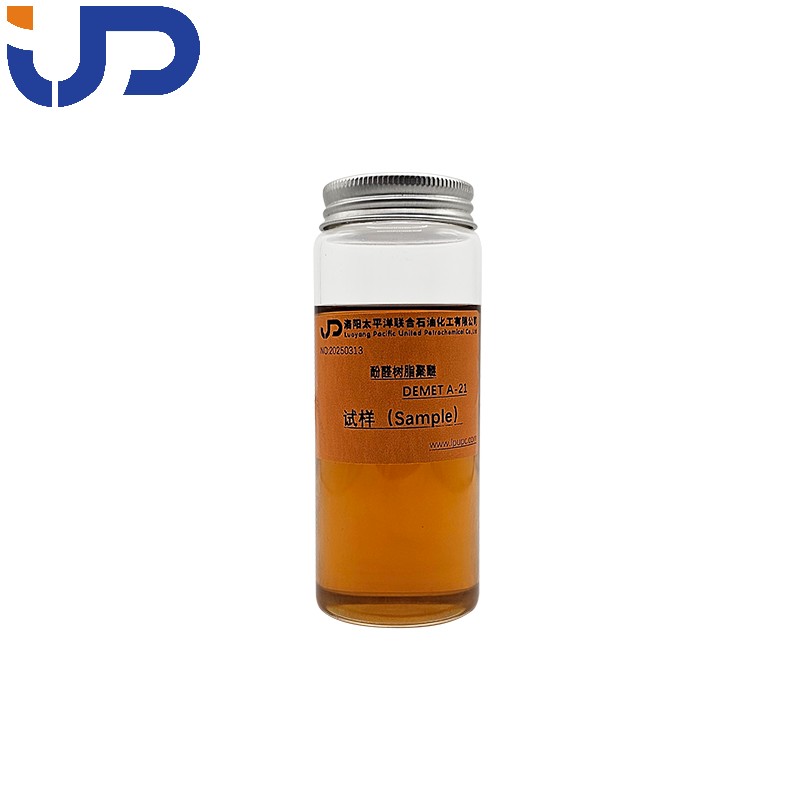
Oilfield Chemical Demulsifier: Unveiling the "Hero Behind the Scenes" of Oil-Water Separation
1. What is a demulsifier?
Demulsifier is a chemical agent specifically used to destroy the stability of emulsions, which can promote the rapid separation of the oil phase and the water phase in the oil-water mixture. In the process of oil extraction, crude oil usually exists in the form of emulsions, in which oil and water form a stable mixed system under the action of emulsifiers. The role of demulsifiers is to break this stability, separate oil and water, and thus improve the purity of crude oil.
2. Characteristics of demulsifiers
Demulsifiers have the following significant characteristics:
High-efficiency surface activity: Demulsifiers usually have higher surface activity than emulsifiers, can quickly penetrate the external phase of the emulsion, adsorb on the oil-water interface, and replace or neutralize the emulsifier.
Strong adaptability: Different types of demulsifiers are suitable for emulsions of different properties, such as oil-in-water (W/O) or water-in-oil (O/W) emulsions.
Environmental protection and low toxicity: With the improvement of environmental protection requirements, modern demulsifiers are developing in the direction of green and biodegradable.
Rapid separation ability: Demulsifiers can quickly reduce the interfacial tension of oil and water, promote the coalescence of droplets, and thus accelerate the separation of oil and water.
3. Classification of demulsifiers
There are many types of demulsifiers. The following are several common types and their characteristics:
Resin oxyalkylate
Molecular formula: C6H5−CH2−O−(CH2CH2O)n−(CH2CH(CH3)O)m−R, where R is an alkyl group, and n and m are the degree of polymerization.
Features: It is prepared by the polymerization reaction of ethylene oxide and propylene oxide using phenolic resin as the initiator. It has good oil solubility and water solubility, and has the effects of viscosity reduction and wax prevention.
Application: It is widely used in crude oil dehydration and oil-water separation, especially for crude oil treatment in the high water content period.
Polyol
Molecular formula: R−O−(CH2CH2O)n−(CH2CH(CH3)O)m−H, R is an alcohol group.
Features: With alcohol as the initiator, it has good water solubility and hydrophilicity, fast dehydration speed and low temperature resistance.
Application: Suitable for crude oil dehydration and sewage treatment in low temperature environment.
Glycol ester
Molecular formula: R−O−(CH2CH2O)n−(CH2CH(CH3)O)m−COOR′, R and R' are alkyl groups.
Features: It is prepared by the reaction of polyoxyethylene ether with acid anhydride or acyl chloride, and has good oil solubility and interfacial activity.
Application: Commonly used for treating oily sewage and crude oil dehydration.
Diepoxide
Molecular formula: CnH2nO2, n is the number of carbon atoms.
Features: It has two epoxy groups and can undergo ring-opening reactions with a variety of compounds to form a cross-linked structure.
Application: It is used to prepare high molecular weight demulsifiers, suitable for demulsification of high viscosity crude oil.
Polyacrylate
Molecular formula: CH2=CH−COOR, R is an alkyl group.
Features: It is made by polymerization of acrylate monomers, and has good water solubility and surface activity.
Application: Suitable for demulsification of water-in-oil emulsions, often used in sewage treatment.
Block copolymer
Molecular formula: A−B, A and B are different types of polymer segments.
Features: It is composed of two or more polymer segments with different properties, and has good interfacial activity and adaptability.
Application: Widely used in crude oil dehydration and demulsification of complex emulsions.
4. Application of demulsifiers
Demulsifiers have important applications in many fields:
Oil extraction: used for crude oil dehydration, removing water from crude oil, and improving crude oil purity.
Oilfield produced fluid treatment: separation of oil, water and solid impurities for subsequent processing.
Refinery wastewater treatment: recovery of oil in wastewater to reduce environmental pollution.
Sewage treatment: treatment of oily wastewater to reduce the oil content in wastewater.
As an important component of oilfield chemicals, demulsifiers play an irreplaceable role in the oil-water separation process. With the continuous advancement of technology, the performance and application range of demulsifiers are also expanding, providing strong support for the oil industry and environmental protection.
Supplier of Demulsifiers
UNPChemicals is a professional oilfield chemical manufacturer, with products covering drilling, completion, oil production, gathering and transportation, etc., and has won the trust of customers with advanced technology, strict quality control and high-quality services. We are committed to personalized solutions to help oilfields develop efficiently.
UNPChemicals Demulsifiers
DEMET™ A-21 demulsifier is a liquid oxyalkylate category, utilized in the industrial market for crude oil desalting processes, particularly in exploration and upstream applications.
DEMET™ A-22 demulsifier is a resin oxyalkylate compound primarily utilized in oilfield production as a Water Dropper, and occasionally serves as a Dryer and Interface Control Agent for mid-range API crudes worldwide.
DEMET™ C-168 demulsifier, a resin oxyalkylate intermediate, is primarily utilized in oilfield production as a Water Dropper, and also serves as a Dryer and Interface Control Agent for a broad spectrum of API crudes worldwide, including those in low-temperature environments.
DEMET™ C-232 demulsifier is a resin oxyalkylate intermediate utilized predominantly as a Water Dropper in oilfield production. It is also occasionally employed as a Dryer and an Interface Control Agent. It is effective for a broad spectrum of API crudes globally, including those in low-temperature scenarios.
DEMET™ G-415 demulsifier is a propylene glycol block polyether utilized in oil field production. It efficiently neutralizes the effectiveness of natural emulsifiers and facilitates the coalescence of water droplets, thus accomplishing oil-water separation.